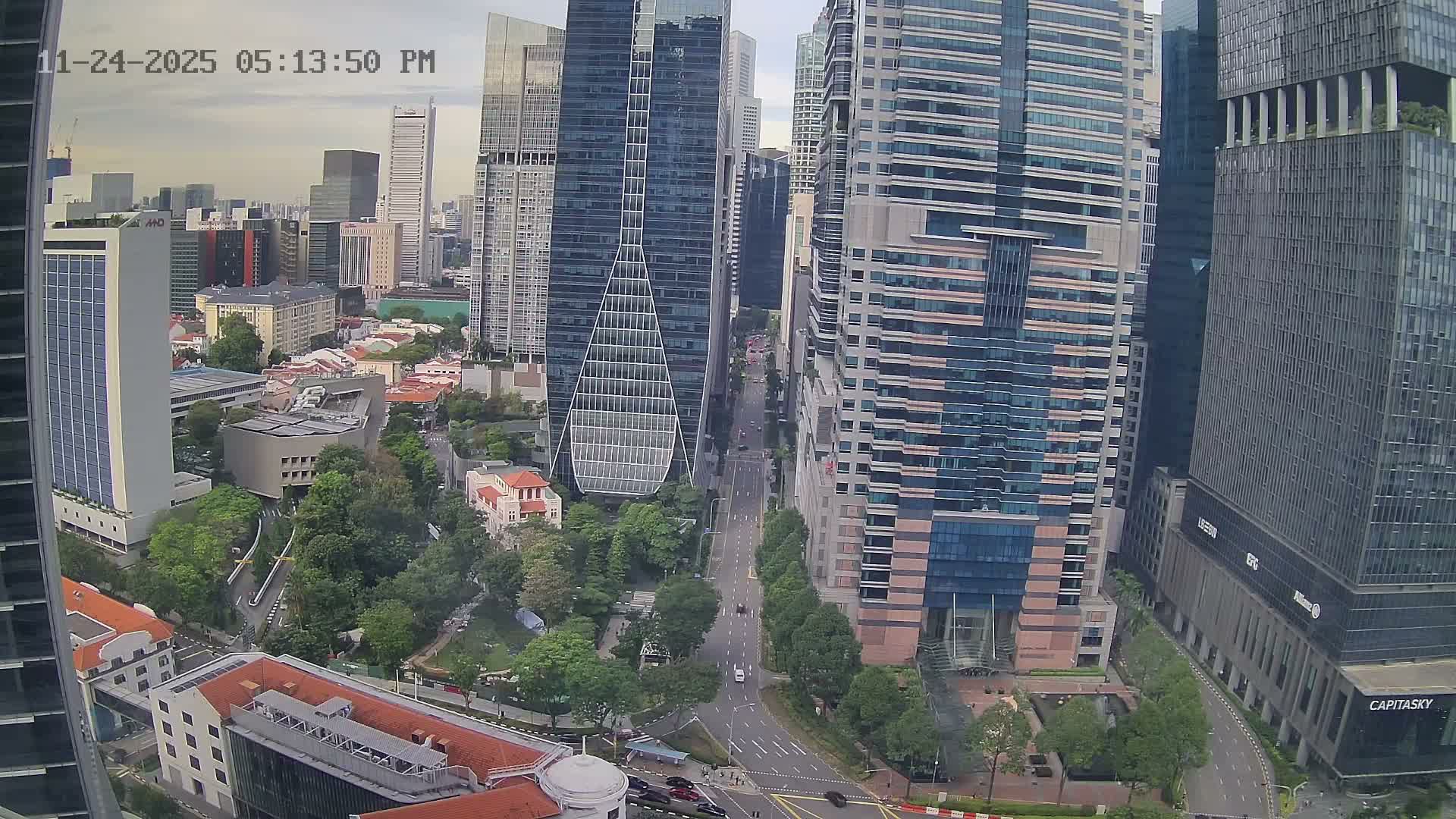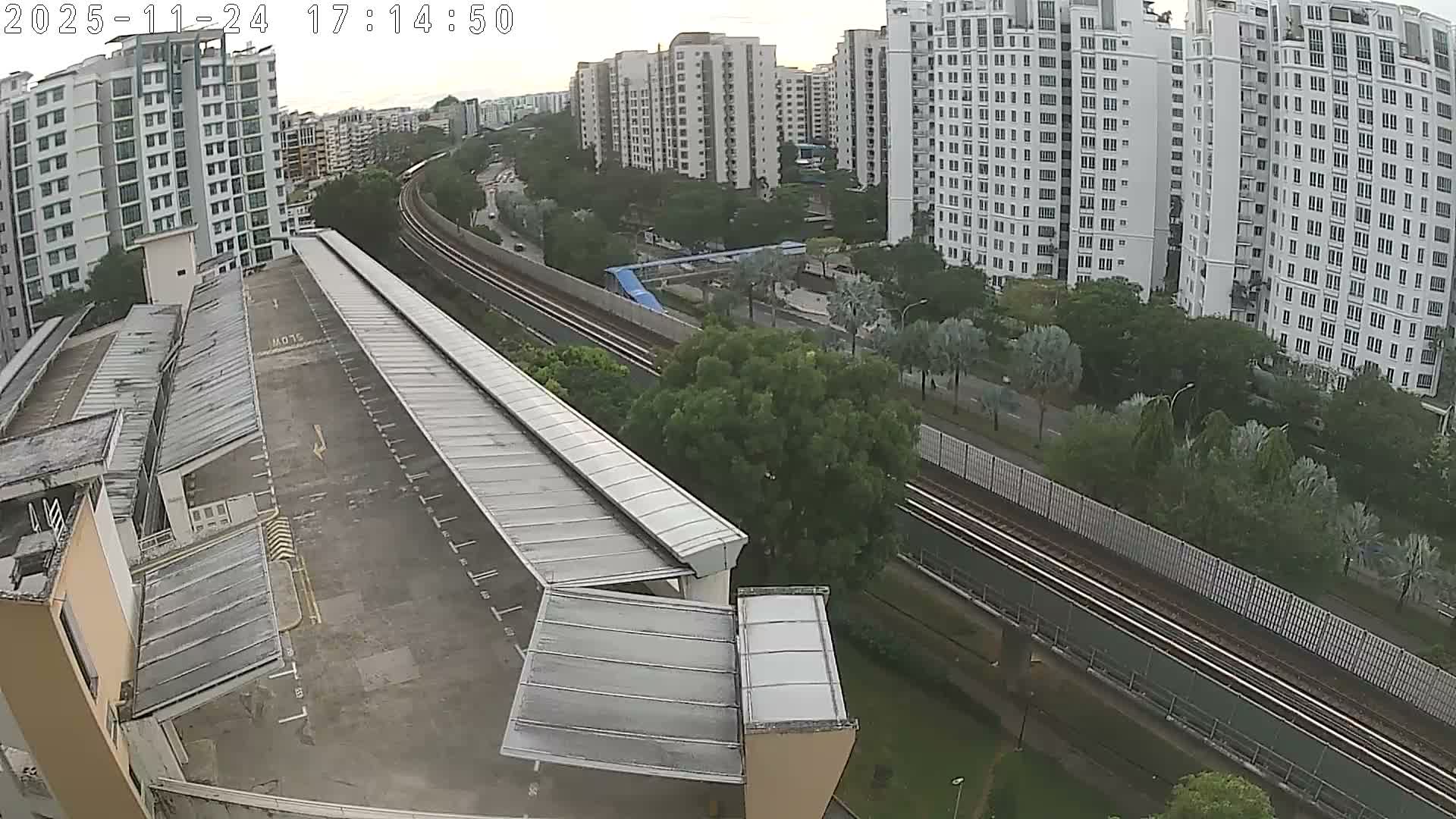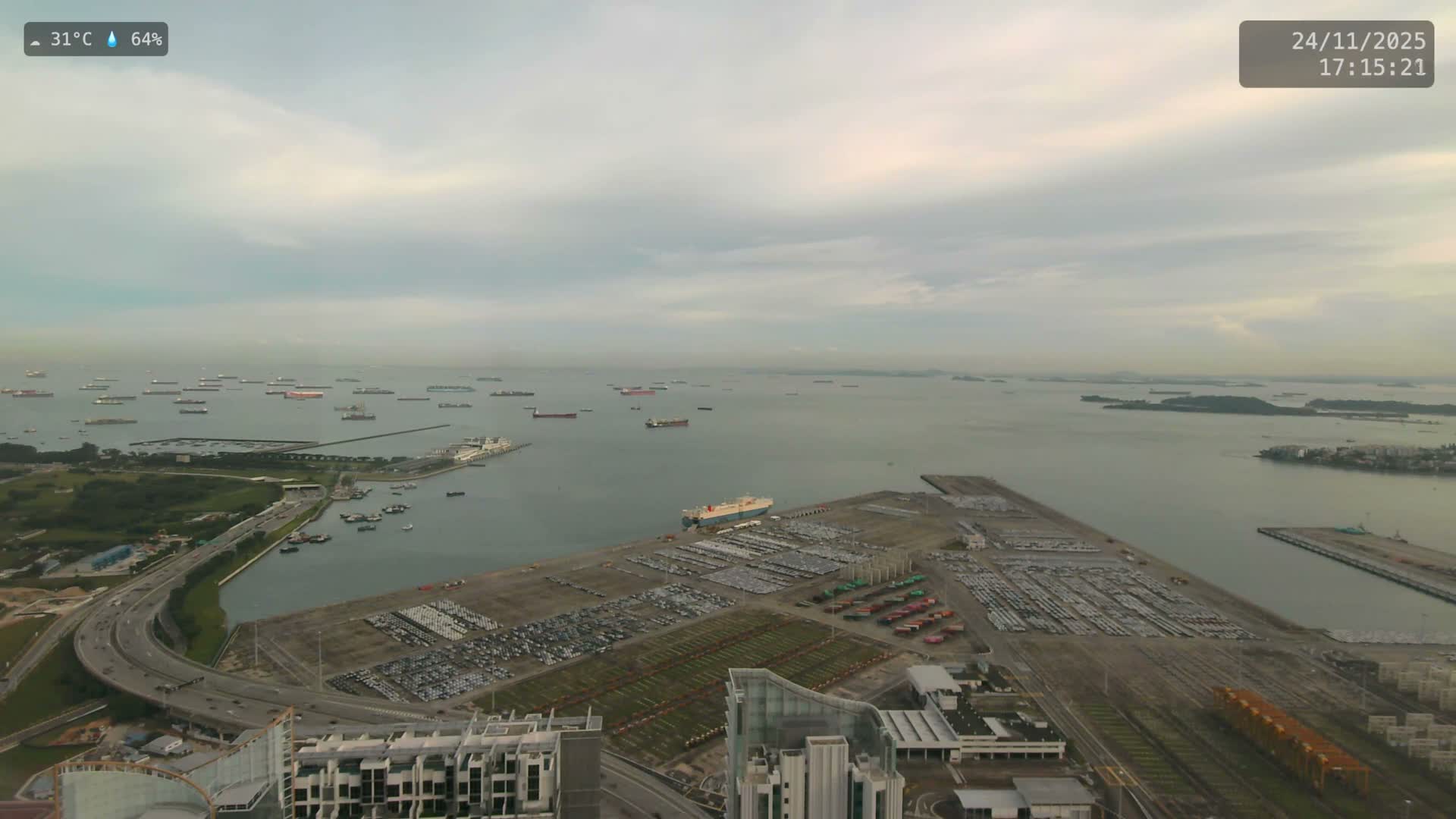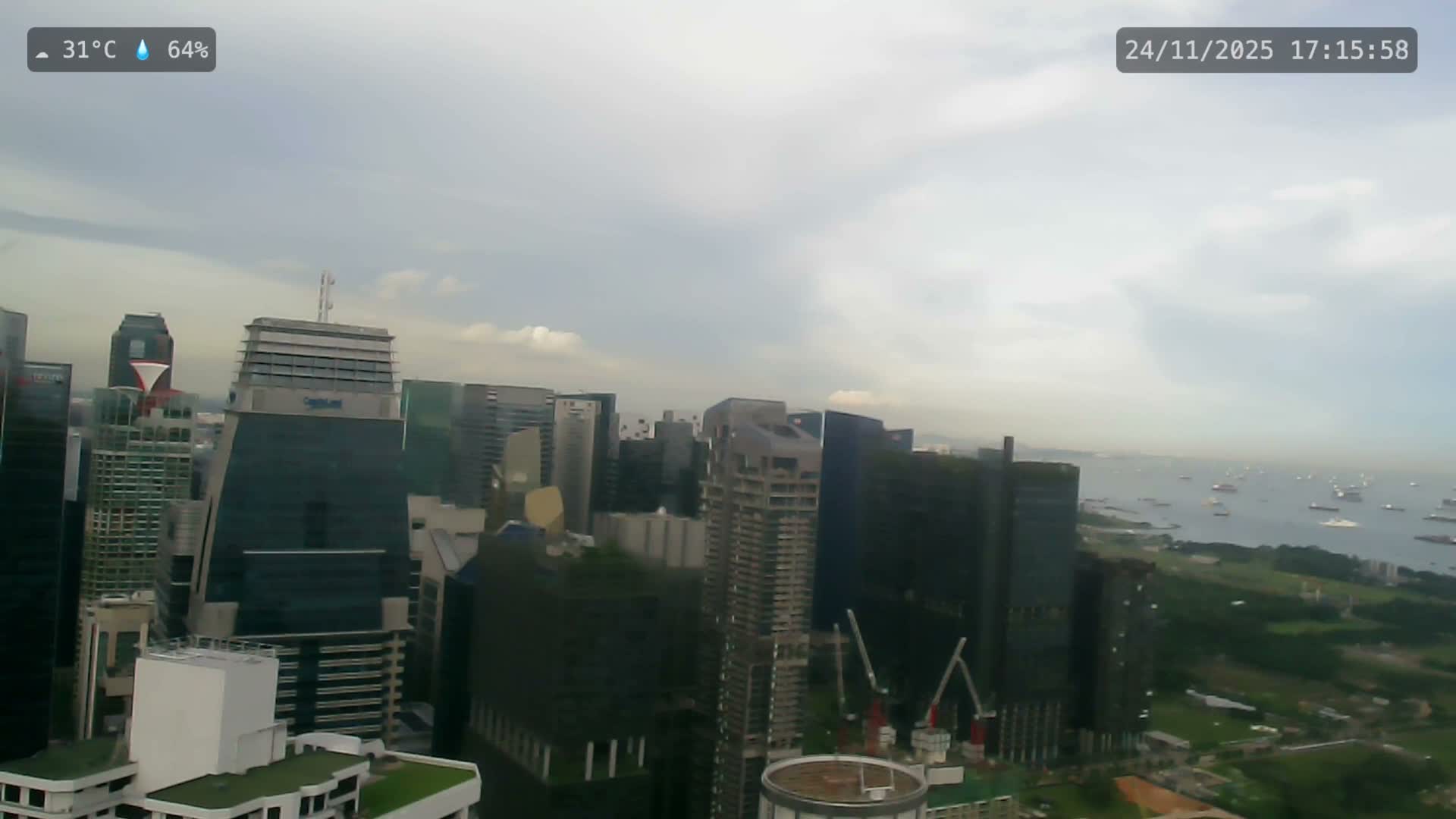Singapore's Inflation Soars to Near 1-Year High, Exceeding Forecasts Amid Robust Economic Growth & Trade Shifts
 Singapore
Economy
Singapore
Economy

Singapore's October inflation hit a near 1-year high at 1.2%, exceeding estimates. Economic growth forecasts were upgraded to 4%, driven by strong Q3 GDP and tr
Singapore's October Inflation Surges to Near 1-Year High, Exceeding Forecasts
Singapore's economy is currently experiencing a significant period of uplift, marked by October's inflation figures dramatically surpassing expectations and reaching a nearly one-year peak. The latest official data indicates that headline inflation climbed by an impressive 1.2%, comfortably outstripping analysts' consensus forecast of 0.9%. This reported surge represents the highest inflation rate recorded since August 2024.
Core Inflation Also Rises Sharply
Adding to this trend, core inflation, which prudently strips out the more volatile costs associated with accommodation and private transport, also registered a substantial increase. It rose to 1.2%, a notable jump from the previously reported 0.4% and significantly higher than the 0.7% figure anticipated by Reuters-polled economists. This marks the second consecutive month of rising year-on-year inflation for the bustling city-state, a recovery after reaching a four-year low in August.
On a month-over-month basis, the Consumer Price Index remained stable, while core inflation saw a modest 0.5% uptick from the preceding month.
Economic Growth Forecast Upgraded Amidst Robust GDP
These pivotal inflation developments coincide with a period of exceptionally strong economic performance. Singapore recently announced a significant upgrade to its annual economic growth forecast, sharply revising it upwards from an initial range of 1.5%-2.5% to a robust 4%. This optimistic revision is largely propelled by impressive third-quarter Gross Domestic Product (GDP) figures. During Q3, the economy expanded by an impressive 4.2% year-on-year, handily beating market estimates and building upon the healthy 4.7% expansion observed in the second quarter.
The Ministry of Trade and Industry (MTI) attributed this remarkable resilience to global economic conditions proving more robust than anticipated. However, the MTI did issue a cautionary note, suggesting that economic growth could potentially moderate in 2026, partly due to the anticipated impact of U.S. tariffs on global demand.
Trade Dynamics: Tariffs and Export Rebound
Trade remains an indispensable cornerstone of Singapore's economy, vividly demonstrated by its staggering trade-to-GDP ratio, which surpassed 320% in 2024. This figure underscores its profound integration into the intricate web of global commerce. Despite the existence of a free trade agreement with the U.S. since 2004 and the fact that Singapore maintains a trade deficit with America, its exports to the U.S. are still subject to a 10% baseline tariff.
While the third quarter witnessed a 3.3% year-on-year decline in non-oil domestic exports (NODX), primarily driven by weaker shipments of pharmaceutical and petrochemical products, October brought a far more encouraging outlook. NODX experienced a remarkable resurgence, soaring by 22.2% compared to the same period last year, a recovery primarily fueled by robust exports of non-monetary gold and electronic products.
Monetary Policy Outlook
Looking ahead, the Monetary Authority of Singapore (MAS) has projected that inflation will stabilize within a range of 0.5% to 1% for 2025. In its October meeting, the MAS opted to keep its monetary policy unchanged, acknowledging the stronger-than-expected trajectory of Singapore's economic growth.




